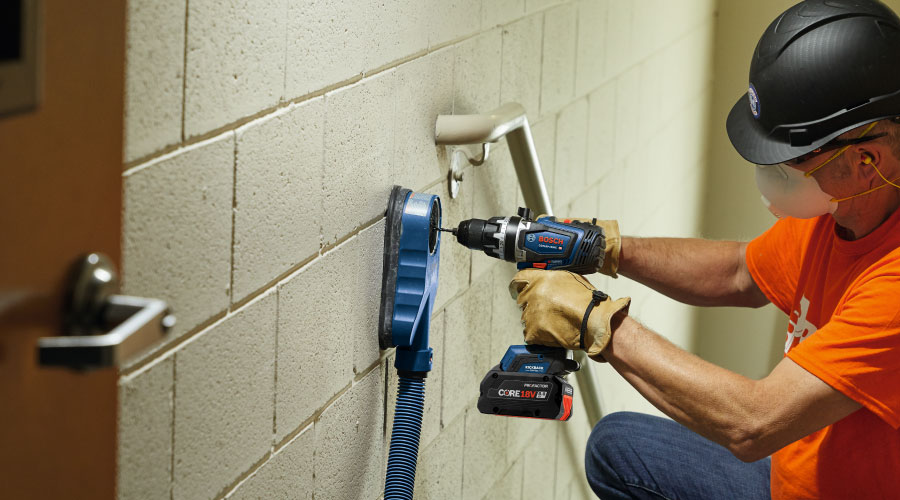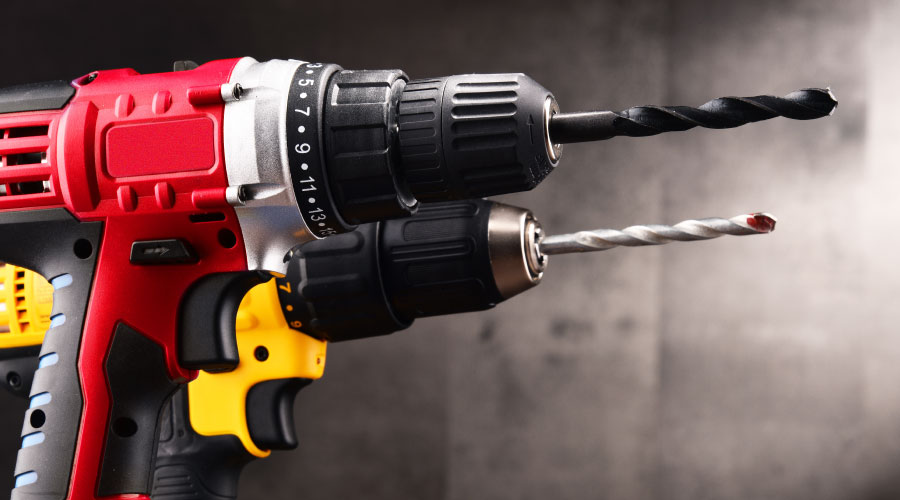Exercise Standby Generators To Keep Them In Fighting Shape
Unless your local utility regularly serves up power failures (of more than a few seconds), an exercising program is required for standby generators. It is standard practice to set ATS or switchgear controls for automatic engine starting and running at no load (no ATS transfer) for about 30 minutes; this is done as often as weekly but no less frequently than monthly. Exercising can be manually initiated as well. If automatically initiated, it's a good idea for operators to be present onsite observing normal performance.
However, it is important to operate the generator with significant load periodically to prevent no-load wet-stacking, where unburned diesel fuel loads up the exhaust system and can cause problems. At least 40 percent load should be applied at least quarterly, up to as often as monthly. Exercising the generator under load can be accomplished by performing an ATS transfer after starting the generator, if adequate building load is available, and if the risk of equipment failure under test is acceptable. With an open-transition ATS, two brief power bumps will occur during transfer and re-transfer testing, causing lights to blink, UPS and batteries to also be exercised, and non-UPS-protected critical loads to be affected. With closed-transition ATS or switchgear, risk of failure may actually be higher during brief synchronization and paralleling but there will be no power bumps during transfer or re-transfer. Load banks can be used if adequate building load is not available or the risk of live transfer and unnecessarily operating the facility on generator is a concern. Permanent load banks rated at least 40 percent of engine capacity can be installed or purchased built into the generator enclosure.
When the system is running, whether under a test or during a utility power failure, several observations should be made:
- Normal engine sounds and vibrations
- Stable voltage and frequency
- No excessive exhaust smoke
- Normal engine temperature
- Proper fuel transfer, in particular between main and days tanks as applicable
- Normal oil pressure
- No engine oil leaks, fuel leaks, or coolant leaks
- No alarms or alerts
- Log actual load and conditions (time-of-day, day-of-week, critical building loads that are on or off) — tracking actual building load is key to overall load management
- Critical load acceptance of generator source (HVAC, drives, UPS, etc.)
Related Topics:














